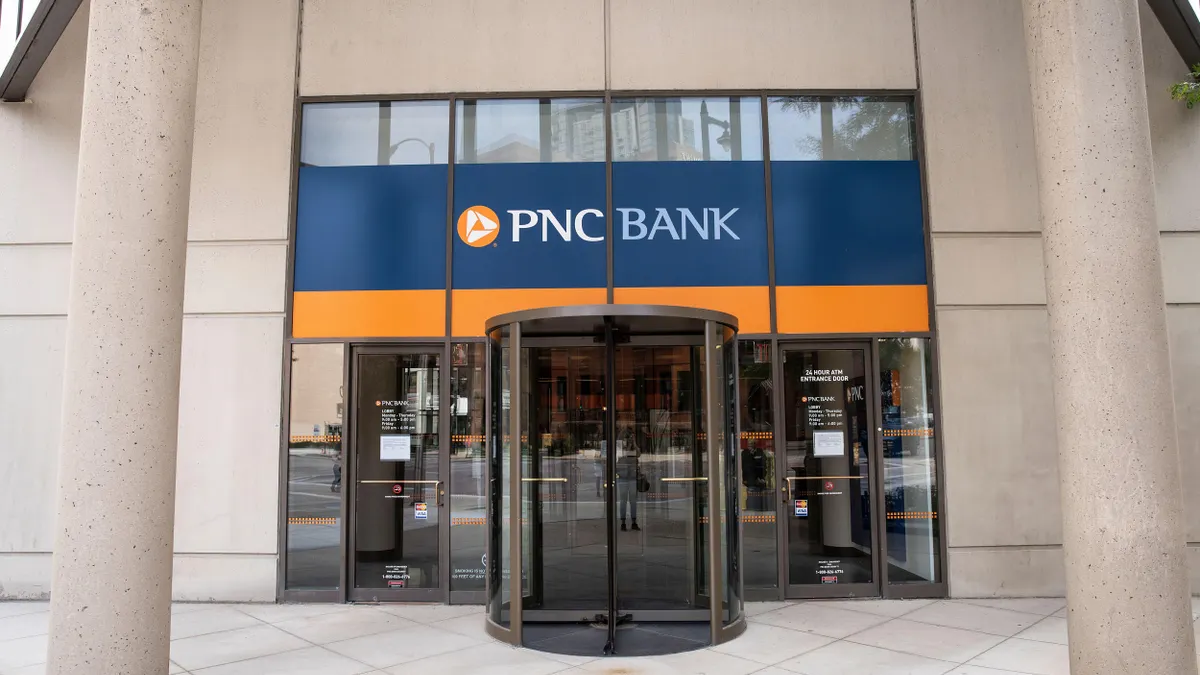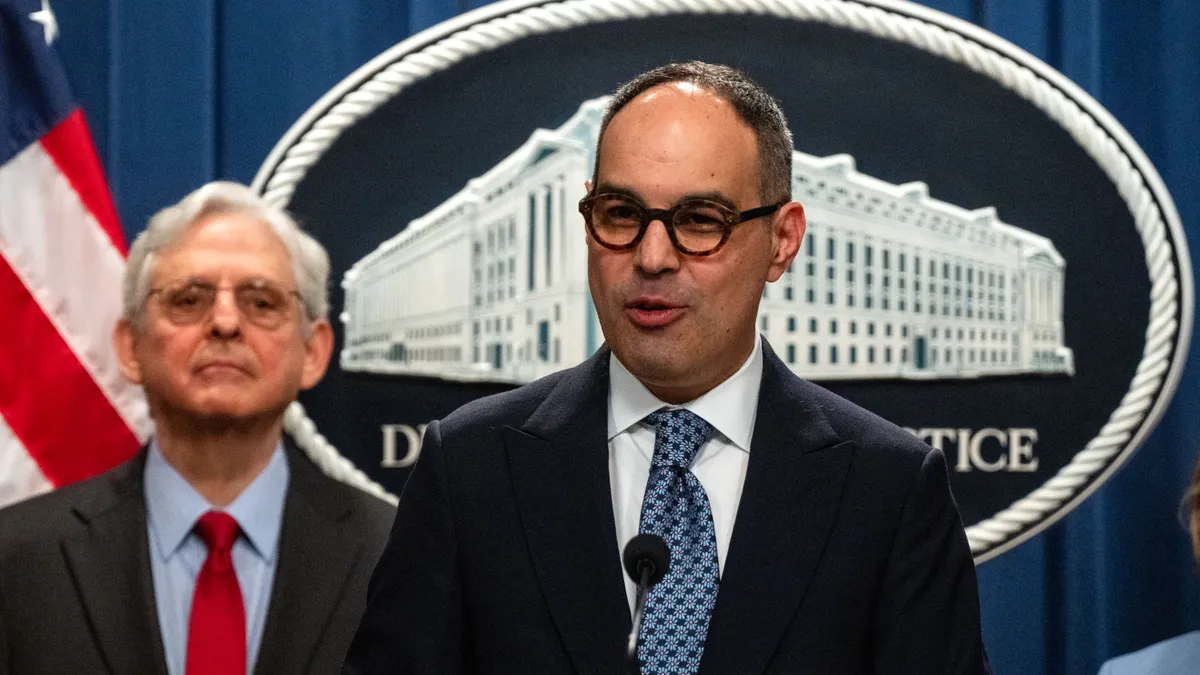PNC Bank said this week that it has joined the Federal Reserve’s instant payments system, breaking ranks with a small pack of major financial institutions that haven’t yet joined.
Capital One Financial is planning to join FedNow before the end of the year, a spokesperson for that bank said by email.
PNC is joining the Federal Reserve system now to support growth of the U.S. payments ecosystem and to drive more value to clients, it said in a Tuesday press release.
The PNC Financial Services Group noted it was a founding member of the rival private sector real-time payments system RTP network, which is operated by The Clearing House and was started in 2017. The Clearing House is owned by PNC and other banks.
PNC said demand for the faster payment services, like those offered by FedNow and RTP have “surged, driven by use cases like emergency payroll, earned wage access, loan disbursements and gig economy payouts.”
“Immediate payments are experiencing rapid growth as businesses prioritize speed, efficiency and customer satisfaction,” PNC said in the release.
Citibank had been among the major bank holdouts that hadn’t joined FedNow, though it said in August 2024 that it would do so “in the near future.” That bank joined FedNow earlier this year. “This marks another milestone in Citi’s strategy to expand instant payment capabilities across key markets and platforms,” a spokesperson said by email.
Bank of America hasn’t joined FedNow yet, a spokesperson for that company said Wednesday.
The more banks that participate in either system, the more robust the services are because everyone is thereby connected to more institutional points in the U.S. financial market.
RTP handles significantly more payments volume than FedNow, partly because of its head-start. The high-speed payments systems facilitate payments in seconds or minutes, as opposed to slower systems that take hours or days.
The Clearing House charted a single-day record for its real-time payments system this month, processing 1.8 million transactions valued at $5.2 billion, according to an Oct. 16 press release from the company.
FedNow has had a sluggish start, attracting 1,500 of the approximately 9,000 U.S. banks and credit unions, and the central bank continues to seek to draw more. Enticing an increased number of FedNow members to send payments, as opposed to just receiving them, has also been a challenge for the Fed.
The Clearing House also struggled in years past to draw commercial users to its RTP system, but as more use cases have emerged, including for digital wallet transfers, it volume has been bolstered.
Correction: The story has been updated to note Citibank joined FedNow earlier this year.












